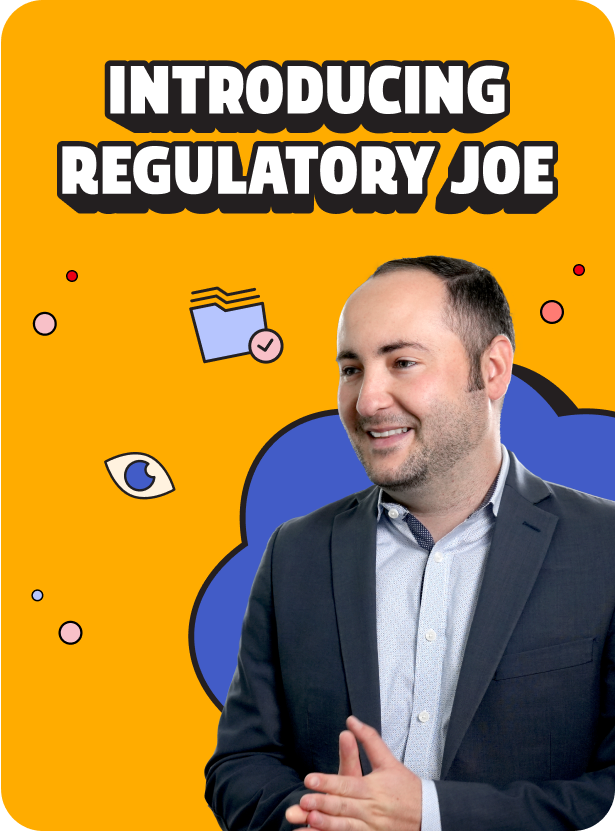By Nichole Russ, Vice President of Payment Integrity
For busy payment integrity teams, standing still isn’t an option. Every audit, contract negotiation and guideline present a chance to uncover overlooked vulnerabilities or refine established practices. Concept development and ideation are the driving forces behind this work, forming the foundation of successful payment integrity strategies.
But ideation is more than a process—it’s a mindset. By fostering curiosity and innovation, teams can stay proactive and continuously improve outcomes. As a leader of a payment integrity team myself, I focus on creating a culture of improvement and the conditions for ideas to thrive.
Building this culture requires collaboration, data-driven exploration and clear processes for evaluating and implementing concepts. Here’s how our team at Penstock applies these principles—and how health plans can do the same.
Why Continuous Ideation Drives Payment Integrity Success
It’s no surprise that the healthcare environment is constantly shifting, with federal, state and payer-specific rules being updated regularly. Each of these changes creates opportunities to identify new concepts that can address emerging challenges or gaps.
But continuous ideation isn’t just about responding to external changes—it’s about keeping strategies effective as the healthcare environment evolves. When older approaches reach their limits, teams need a steady flow of new ideas to address emerging challenges and opportunities.
When ideation is embedded as a continuous process, teams can avoid the inefficiencies of reactive problem-solving and instead focus on building proactive, long-term solutions. It’s this mindset that empowers teams to stay ahead of regulatory updates and client needs, ensuring impactful, timely solutions that keep operations running smoothly.
Top Sources of Innovative Ideas for Payment Integrity Teams
Identifying new concepts requires both strategic focus and creative thinking. While inspiration can strike unexpectedly, successful teams rely on a mix of intentional data exploration, industry knowledge and collaboration to generate actionable ideas.
Let’s dive into some of our team’s most powerful sources of inspiration:
- Client data: By analyzing claims data, teams can identify patterns, outliers or anomalies that signal potential vulnerabilities. For example, a provider consistently billing higher-cost codes compared to peers could point to an opportunity for deeper investigation.
- Provider contracts and payer policies: Reviewing contracts often uncovers ambiguities or overlooked terms that lead to overpayments. A poorly defined service category in a contract, for instance, could result in significant financial discrepancies that a focused audit can address.
- Industry guidelines and code sets: Resources like Medicare guidelines, ICD-10 and CPT manuals outline rules for billing practices, providing opportunities to spot noncompliance or improper code usage. For example, identifying scenarios where codes are incorrectly reported together or documentation fails to meet required standards can drive impactful audits.
- Diverse team experience: Payment integrity professionals often rely on their backgrounds in provider settings to anticipate problematic behaviors or billing practices. This real-world expertise helps pinpoint areas that require deeper scrutiny.
- Collaborative brainstorming: Group discussions allow team members to share observations and leverage their diverse expertise to refine concepts. Bringing multiple perspectives to the table in an open, collaborative environment often uncovers insights that might otherwise be missed.
- Serendipitous discoveries: Sometimes inspiration strikes during unrelated claims reviews or audits. A billing anomaly uncovered by chance can spark a new concept, turning a casual observation into a meaningful initiative.
How to Evaluate and Prioritize Payment Integrity Strategies
Generating ideas is just the beginning—evaluating and prioritizing them is where impactful concepts are born. This process ensures time and resources are focused on initiatives that deliver real value.
To determine whether an idea is worth pursuing, we start by analyzing claims data. A strong concept must target a clear problem or vulnerability. For example, if an idea only applies to a small set of claims with low recovery potential, it might be deprioritized in favor of more impactful opportunities.
Next, teams should consider implementation complexity. Some concepts may require significant changes to workflows or tools, while others can be bundled with existing processes.
This is where sandbox technology plays a critical role. By testing ideas in a controlled environment, teams can identify challenges, validate assumptions and refine concepts without disrupting current operations. A successful sandbox trial gives teams confidence that an idea is worth scaling—turning a good idea into a proven solution.
Strategic alignment is also a key part of this process. Concepts should directly contribute to broader goals, like helping to prevent fraud, waste and abuse, enhancing the accuracy in payments, improving compliance or streamlining processes. For instance, ideas with significant impacts naturally take precedence but must also be feasible within the team’s current capacity.
Asking yourself the following questions can be a quick way to center your priorities:
- Does this address a clear problem or need?
- How will this impact current processes or structures?
- What is the estimated cost-benefit?
- Does it align with our strategic goals?
Steps to Develop Actionable Payment Integrity Concepts
Once an idea has been vetted and prioritized, the next step is transforming it into a well-defined, actionable concept. This phase focuses on turning creative thinking into concrete strategies that can be implemented effectively. Concept development bridges the gap between brainstorming and execution, ensuring each idea is backed by research, tested for feasibility and optimized for impact.
Here’s how we approach this critical phase:
- Research and validation: During this phase, teams move beyond initial data exploration to conduct a thorough analysis. This includes validating the scope of impacted claims, reviewing specific contract language and cross-referencing regulatory guidelines to build a robust foundation for the concept.
- Testing in sandbox environments: Before fully implementing a concept, testing it in a sandbox environment helps refine the details. This phase allows teams to assess the concept’s functionality, adjust for any unforeseen issues and validate its return on investment without disrupting live operations.
- Streamlining and integration: Concept development involves determining the most efficient way to implement the idea. Some concepts can be seamlessly integrated into existing workflows, while more complex initiatives may require dedicated resources and additional planning. This step ensures a smooth transition from idea to action.
- Iterative refinement: Not every concept is immediately ready for execution. Ideas that aren’t currently actionable—due to a lack of supporting data or client alignment—are refined and stored for future use. Revisiting these concepts ensures teams are always prepared to adapt to new opportunities.
Best Practices for Implementing Payment Integrity Solutions
After a concept has been thoroughly developed, the next step is turning it into a reality. Implementation is where planning meets execution, and for payment integrity teams, it’s critical to ensure that this phase runs smoothly to deliver the intended impact. Here’s how our team ensures effective implementation:
- Collaborating with stakeholders: Successful implementation requires alignment across teams and with clients. Clear communication about the concept’s goals, processes and expected outcomes ensure everyone involved understands their role and the potential impact.
- Building efficient workflows: Implementation often involves integrating new processes into existing workflows. Streamlining these steps minimizes disruption and helps teams adapt quickly. For example, incorporating an audit into an established process can save time while ensuring accuracy.
- Monitoring early results: The initial implementation phase should include close monitoring to identify any unforeseen issues. Tracking results early allows teams to make necessary adjustments and ensure the concept is performing as expected.
- Leveraging feedback for continuous improvement: Feedback from internal teams and clients is invaluable during implementation. This input can highlight areas for refinement, ensuring the concept achieves maximum impact while laying the groundwork for future improvements.
For payment integrity teams, moving from ideation to execution requires a thoughtful and structured approach. By fostering collaboration, conducting thorough evaluations and refining concepts into actionable plans, teams can transform creative ideas into impactful solutions. This process not only addresses current challenges but also builds a framework for ongoing innovation and adaptability.
The work of payment integrity teams is never static. But with the right processes in place, every challenge becomes a chance to innovate, improve and make a measurable difference.









